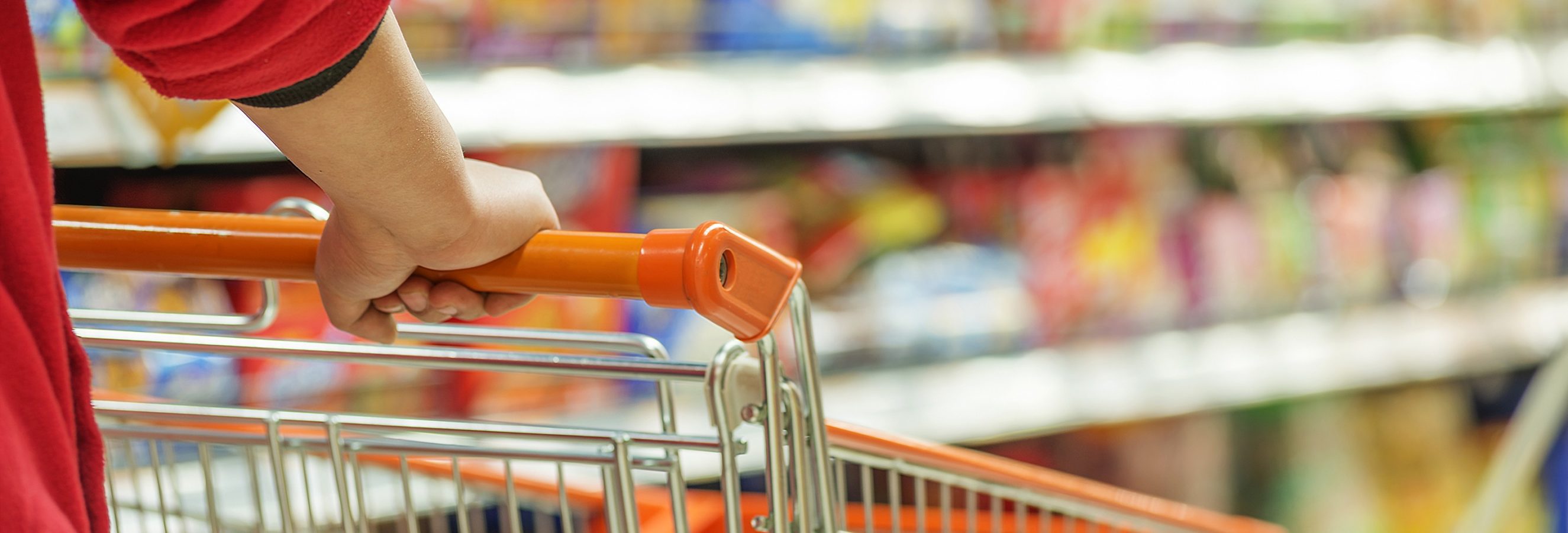A great way to assess how your package performs
Explorer understands that in order for a package to perform effectively in an in-store environment, you need to ensure it delivers maximum stand out and engagement. That’s why we have created the 20-10-5 Rule to assess how a package performs.
Often times we receive package designs from clients that we call “boardroom tested”. This means that the designs have been critically assessed by the client using 2D design boards or 3D pack mock ups with a team sitting around a board room table. While we don’t doubt our client’s conducted a rigorous evaluation process to identify the winning package design, we say they were missing one key ingredient in the evaluation process . . . . in store context.
Packaging has to perform in one of the harshest competitive environments. Everyday, your package has to compete with 3,000 other packages in an average grocery store aisle to be first seen and then purchased. Can you imagine reading a magazine with all of the ads on one page? It’s tough to stand out under this scenario. It’s the same for packaging in store.
Explorer understands that a package design has to perform differently in a store the farther a shopper is away from that pack. Our research has confirmed the following principles that you should consider when evaluating a package design:
- COLOR AND SHAPE ARE KEY FOR A PACKAGE STAND OUT: When a shopper is entering a section they start to scan the section before they actually enter it. What do they look for? Typically package color and shape.
PRINCIPLE #1:
At 20 feet away, make sure your package color or shape clearly stands out on shelf.
- BRANDING IS ESSENTIAL TO START SHOPPER ENGAGEMENT: Once a shopper has started the navigation process from afar using color and shape, when they move closer they then start to look for more essential cues. The key that drives shopper engagement is branding. It’s the visual cue that narrows their search process.
PRINCIPLE #2:
At 10 feet away, make sure your brand is clear and easy to identify while in a shelf set.
- VARIETY CLARITY IS CRITICAL AS THEY STAND IN FRONT OF THE SHELF: We have found that once a shopper has actually stopped in front of a shelf, they have already located the section and brand block(s) they would like to shop. The next challenge is finding the variety they want. Research often shows that time to find products takes the longest amount of time at this point. Lack of differentiation in the variety designs or ineffective product visuals (#1 element viewed on a pack) are the key challenge. This is often an area that is overlooked when evaluating a package design.
PRINCIPLE #3:
At 5 feet away, make sure your brand varieties are clearly identifiable and ensure your product visuals are working as hard as they can.
Therefore, applying these principles at 20 feet, 10 feet and 5 feet will enhance your package evaluation process. Ask your agency when looking at package design alternatives to put the design in a typical shelf set and have them give you shelf perspectives from 20-10-5 feet away. This will dramatically improve the effectiveness of your packaging.
